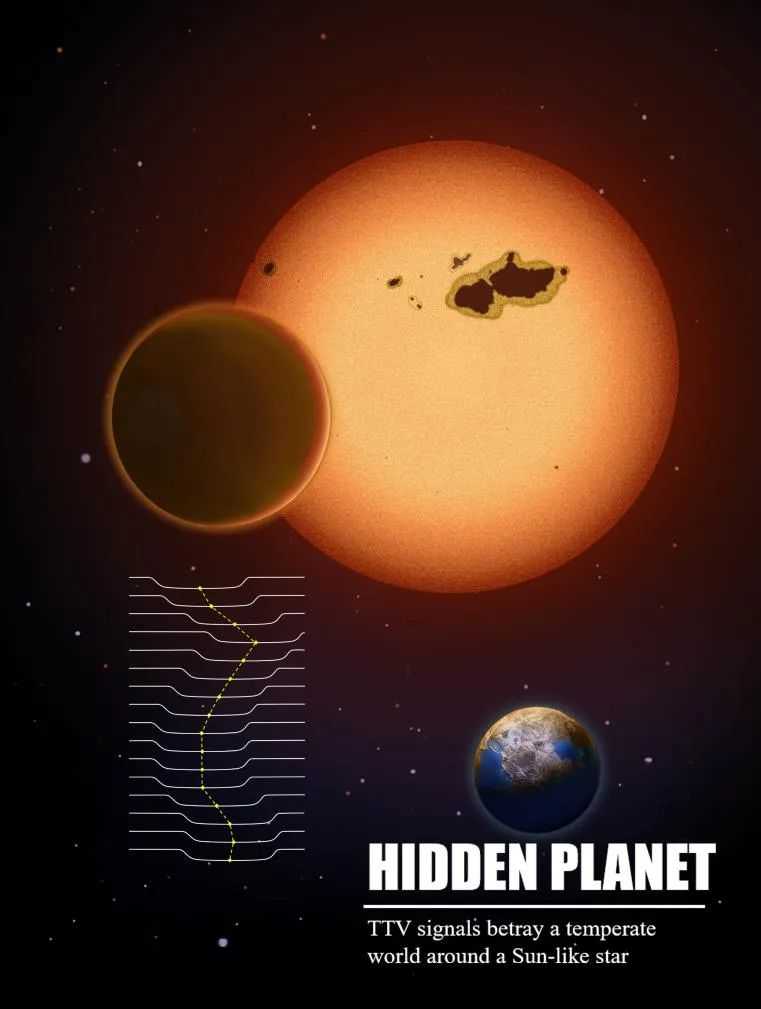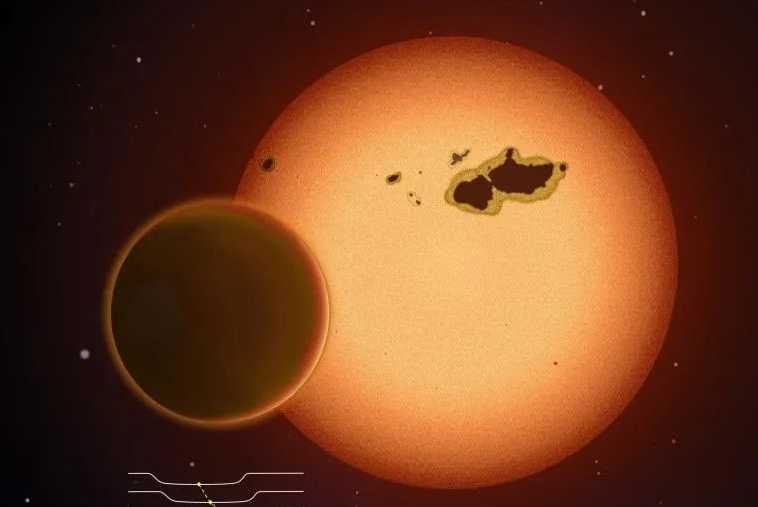Chinese-led Team Uncovers 'Super-Earth' in Habitable Zone of Sun-like Star Using Novel TTV Technique
A Sino-German research team led by the Yunnan Observatory of the Chinese Academy of Sciences has discovered a "super-Earth" orbiting a Sun-like star, marking a breakthrough in exoplanet detection. Named Kepler-725c, the planet has a mass 10 times that of Earth and resides in the habitable zone of its host star, where liquid water—and potentially life—could exist. The findings, published June 3 in Nature Astronomy, represent the first use of transit timing variation (TTV) inversion to identify such a planet in a Sun-like star’s habitable zone 12.

Source: Images from the Internet, if there is any infringement, please contact the removal of
A Hidden World Revealed by Gravitational Tugs
Kepler-725c orbits Kepler-725, a G9V-type star 1.6 billion years old—younger than the Sun—and with more intense magnetic activity. The planet’s 207.5-day orbital period places it at 0.674 astronomical units from its star, receiving 1.4 times Earth’s solar radiation—ideal for liquid water retention 12. Unlike most exoplanets detected via direct transits, Kepler-725c was "invisible" to the Kepler Space Telescope. Instead, the team analyzed subtle deviations in the transit timing of a neighboring gas giant, Kepler-725b, caused by gravitational interactions with the hidden planet. This TTV inversion technique bypasses limitations of traditional methods, which require planets to directly cross their star’s face or induce measurable stellar wobble 13.
Scientific Implications and Future Prospects
The discovery challenges conventional exoplanet detection paradigms. TTV inversion offers a viable pathway to find low-mass, long-period planets in Sun-like systems—a demographic previously underrepresented in catalogs due to technical hurdles. For instance, Kepler-725c’s orbit would have eluded detection via radial velocity or direct transit methods alone, as its small size and long period produce weak signals 24.
This breakthrough also advances the search for "Earth 2.0." By demonstrating TTV’s efficacy, the team paves the way for missions like China’s CSST space telescope and the European PLATO mission to target similar systems. Additionally, Kepler-725c’s young host star provides a unique laboratory to study planetary evolution under dynamic stellar conditions 12.
"Our work opens a new window into the hidden diversity of exoplanetary systems," said lead astronomer Dr. Li Wei of Yunnan Observatory. "With TTV, we can now probe deeper into the habitable zones of Sun-like stars—a critical step toward understanding life’s cosmic potential."
-------- END --------






